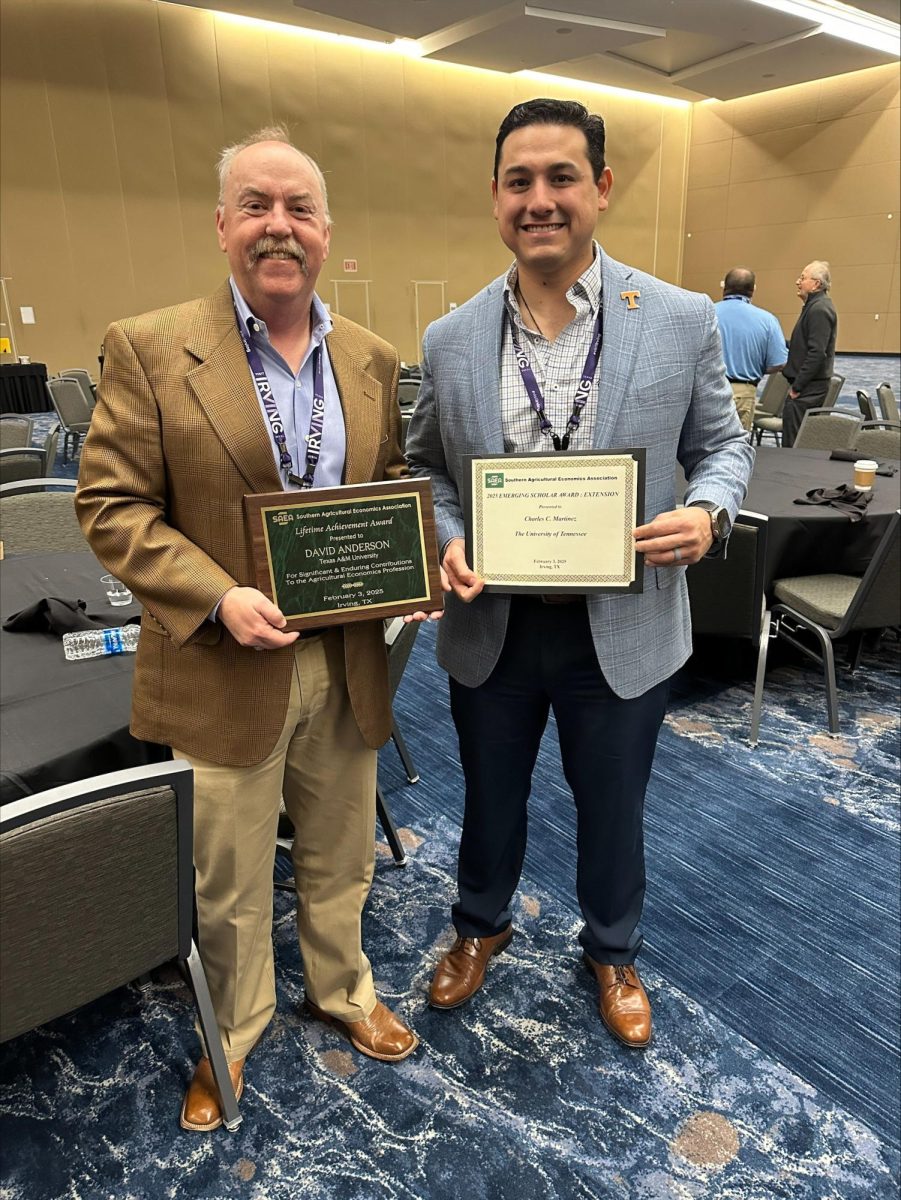In 1862, Texas A&Ms roots were planted through the passing of the Morrill Land Grant Act, allowing for the establishment of dozens of colleges nationwide and influencing higher education reform decisions to this day.
This year, the University celebrates the 150th anniversary of the act, which was initially proposed by Vermont Senator Justin Smith Morrill in 1857 and was signed by President Abraham Lincoln in 1862. Through this act, the federal government gave 30,000 acres of land to every state, per state representative, for the purpose of building colleges that teach agriculture, military tactics and mechanical arts, with a focus on classical studies all with an underlying mission of giving a liberal education to the working and rural classes.
William Morrill, Class of 1972, is the great-great-grand-nephew of Senator Morrill, and he said Senator Morrill saw education as a foundation for future greatness, and the senators inspiration for the act came from a desire for the people.
[Sen. Morrill] saw that we have universities like Harvard and Yale, and that the countrys privileged class could get a college education, Morrill said. But the sons of military people were not receiving an education. He knew that for our country to move forward, it was necessary to provide education of the industrial, agricultural and military arts.
The Morrill Land Grant Act created more than 75 land grant colleges throughout the United States, some of which include the University of Florida, Cornell University, Oklahoma State University, Auburn University and, of course, Texas A&M University.
Jason Cook, vice president for marketing and communications, said 10 of the 14 universities within the Southeastern Conference are land grant colleges, a common foundation that underlies the purpose and drive behind these universities.
[These] SEC schools share in the land-grant heritage, which speaks to the leagues sense of solidarity and common purpose, Cook said. These institutions are woven into the daily lives of their respective states, ranging from the food we eat to the highways we drive upon.
Morrill was a Wildlife Fisheries student at Texas A&M from 1968-1972. He said he witnessed the missions of the Morrill Act firsthand through the dedication of the Corps of Cadets and the unsurpassed quality of engineering and agricultural studies.
Morrill recounted the story of Neil Keltner, friend and former A&M Corps Commandant who recently passed away, and how he was proof of the excellence that A&M instills in its students.
I talked with people that had known [Keltner] when he was in Vietnam, some of whom were 18-year-olds, Morrill said, It was unequivocal that his leadership saved lives. As I went through his life history, it became obvious to me that A&M helped him develop those qualities.
Above all, there is one aspect of Sen. Justin Morrills act that Morrill still admires the most.
One thing I really enjoyed about A&M is the application and practical aspects of the University, Morrill said. It was not a university where I learned how to comply with federal regulations. It was about how to learn what the land produces by looking at the soil and vegetation.
Morrill said he desires every student at A&M to know where their university came from.
I would want [students] to know that they are a product of one mans vision of education and for our country, Morrill said. I would want them to have a feeling of needing to contribute in order to respect those who came before us: exactly as we do with our military. The responsibility is to carry that vision forward.
In July, Morrill and his family had the chance to visit Washington D.C. for Justin Smith Morrill Day, celebrating the impact that the senators land grant act had on the country in honor of its 150th anniversary.
Mark Hussey, the dean and vice chancellor of the College of Agriculture and Life Sciences at Texas A&M also had the chance to visit Justin Smith Morrill Day in Washington D.C. The Morrill Act directly applies to Husseys job as the dean of the College of Agriculture and Life Sciences, an area of study that the act sought to further.
However, Hussey said the Morrill Act sought to further much more than simply agriculture and engineering.
Sometimes people just think of [the Morrill Act] as related to only agriculture or engineering, Hussey said. But it really focuses on a liberal education, including classical studies. Those are part of what was intended in the original legislation. The mix of 10 colleges at Texas A&M is what was intended through the Morrill Act.
Reflecting on the impact that his ancestor made on the nations history, Morrill sees his great-great-grand uncles dedication to the people as the example of a true statesman.
Its really quite humbling to see the work that has come from Morrills land grant acts in the United States, Morrill said.
Grant rooted
September 12, 2012
0
Donate to The Battalion
$2790
$5000
Contributed
Our Goal
Your donation will support the student journalists of Texas A&M University - College Station. Your contribution will allow us to purchase equipment and cover our annual website hosting costs, in addition to paying freelance staffers for their work, travel costs for coverage and more!
More to Discover









